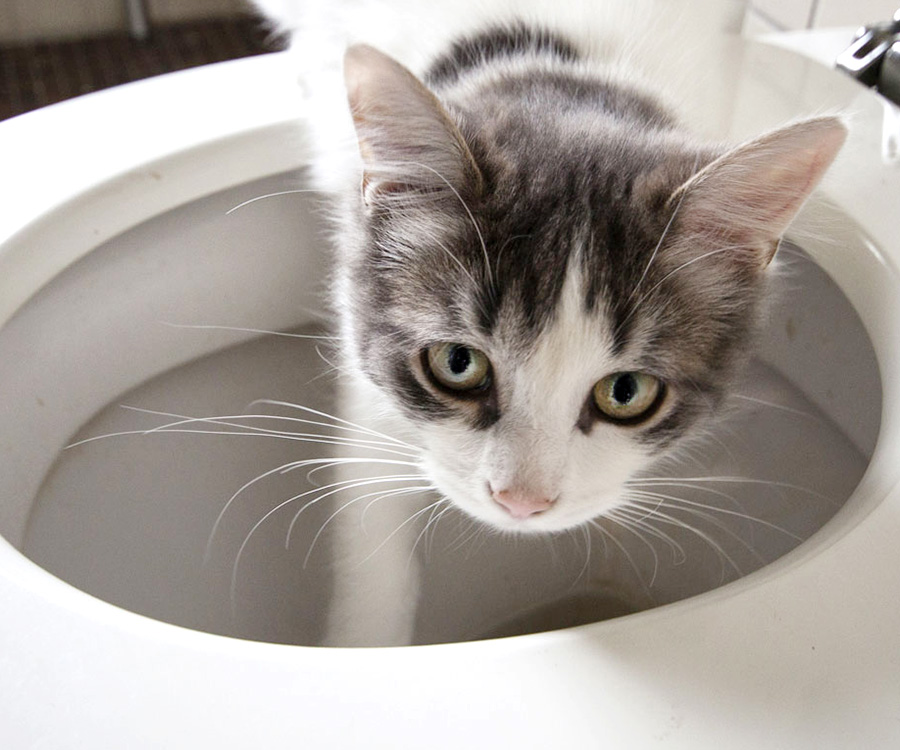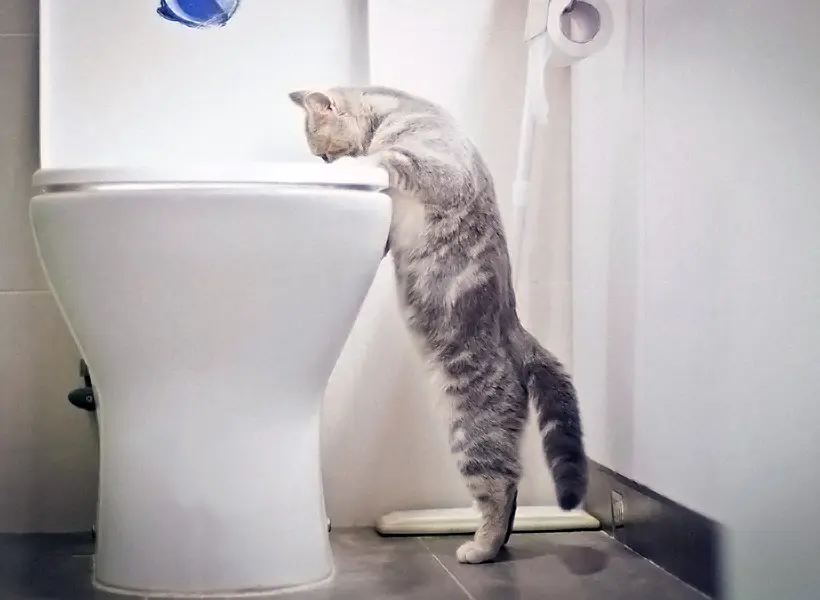Potential Issues of Flushing Cat Poop Down Your Toilet - Protect Your Pipes
Potential Issues of Flushing Cat Poop Down Your Toilet - Protect Your Pipes
Blog Article
What are your insights and beliefs on Can You Flush Cat Poo or Litter Down the Toilet??

Intro
As pet cat proprietors, it's essential to be mindful of exactly how we dispose of our feline friends' waste. While it may seem practical to purge pet cat poop down the toilet, this practice can have harmful repercussions for both the atmosphere and human health and wellness.
Ecological Impact
Purging pet cat poop presents harmful pathogens and parasites into the water supply, presenting a significant danger to water ecological communities. These impurities can adversely affect aquatic life and concession water quality.
Health Risks
Along with ecological worries, flushing pet cat waste can additionally posture health and wellness dangers to humans. Pet cat feces may have Toxoplasma gondii, a bloodsucker that can cause toxoplasmosis-- a possibly severe illness, particularly for pregnant women and individuals with weakened immune systems.
Alternatives to Flushing
The good news is, there are safer and much more responsible means to dispose of cat poop. Consider the complying with choices:
1. Scoop and Dispose in Trash
One of the most typical method of throwing away feline poop is to scoop it into an eco-friendly bag and toss it in the trash. Make sure to use a committed litter inside story and throw away the waste promptly.
2. Use Biodegradable Litter
Opt for biodegradable pet cat trash made from products such as corn or wheat. These clutters are eco-friendly and can be securely disposed of in the garbage.
3. Hide in the Yard
If you have a lawn, take into consideration hiding pet cat waste in a marked location away from vegetable gardens and water sources. Make sure to dig deep enough to avoid contamination of groundwater.
4. Mount a Pet Waste Disposal System
Invest in a family pet garbage disposal system particularly developed for cat waste. These systems use enzymes to break down the waste, reducing smell and environmental influence.
Final thought
Liable pet dog possession extends past offering food and sanctuary-- it likewise involves correct waste administration. By refraining from purging feline poop down the bathroom and opting for alternate disposal techniques, we can reduce our ecological footprint and secure human wellness.
Why Can’t I Flush Cat Poop?
It Spreads a Parasite
Cats are frequently infected with a parasite called toxoplasma gondii. The parasite causes an infection called toxoplasmosis. It is usually harmless to cats. The parasite only uses cat poop as a host for its eggs. Otherwise, the cat’s immune system usually keeps the infection at low enough levels to maintain its own health. But it does not stop the develop of eggs. These eggs are tiny and surprisingly tough. They may survive for a year before they begin to grow. But that’s the problem.
Our wastewater system is not designed to deal with toxoplasmosis eggs. Instead, most eggs will flush from your toilet into sewers and wastewater management plants. After the sewage is treated for many other harmful things in it, it is typically released into local rivers, lakes, or oceans. Here, the toxoplasmosis eggs can find new hosts, including starfish, crabs, otters, and many other wildlife. For many, this is a significant risk to their health. Toxoplasmosis can also end up infecting water sources that are important for agriculture, which means our deer, pigs, and sheep can get infected too.
Is There Risk to Humans?
There can be a risk to human life from flushing cat poop down the toilet. If you do so, the parasites from your cat’s poop can end up in shellfish, game animals, or livestock. If this meat is then served raw or undercooked, the people who eat it can get sick.
In fact, according to the CDC, 40 million people in the United States are infected with toxoplasma gondii. They get it from exposure to infected seafood, or from some kind of cat poop contamination, like drinking from a stream that is contaminated or touching anything that has come into contact with cat poop. That includes just cleaning a cat litter box.
Most people who get infected with these parasites will not develop any symptoms. However, for pregnant women or for those with compromised immune systems, the parasite can cause severe health problems.
How to Handle Cat Poop
The best way to handle cat poop is actually to clean the box more often. The eggs that the parasite sheds will not become active until one to five days after the cat poops. That means that if you clean daily, you’re much less likely to come into direct contact with infectious eggs.
That said, always dispose of cat poop in the garbage and not down the toilet. Wash your hands before and after you clean the litter box, and bring the bag of poop right outside to your garbage bins.
https://trenchlesssolutionsusa.com/why-cant-i-flush-cat-poop/

Do you really like reading about How to Dispose of Cat Poop and Litter Without Plastic Bags? Try to leave a remark down below. We would be glad to listen to your thinking about this page. We are looking forward that you visit us again in the near future. Don't hesitate to set aside a second to share this blog if you enjoyed reading it. We appreciate reading our article about Can You Flush Cat Poo or Litter Down the Toilet?.
Explore Now Report this page